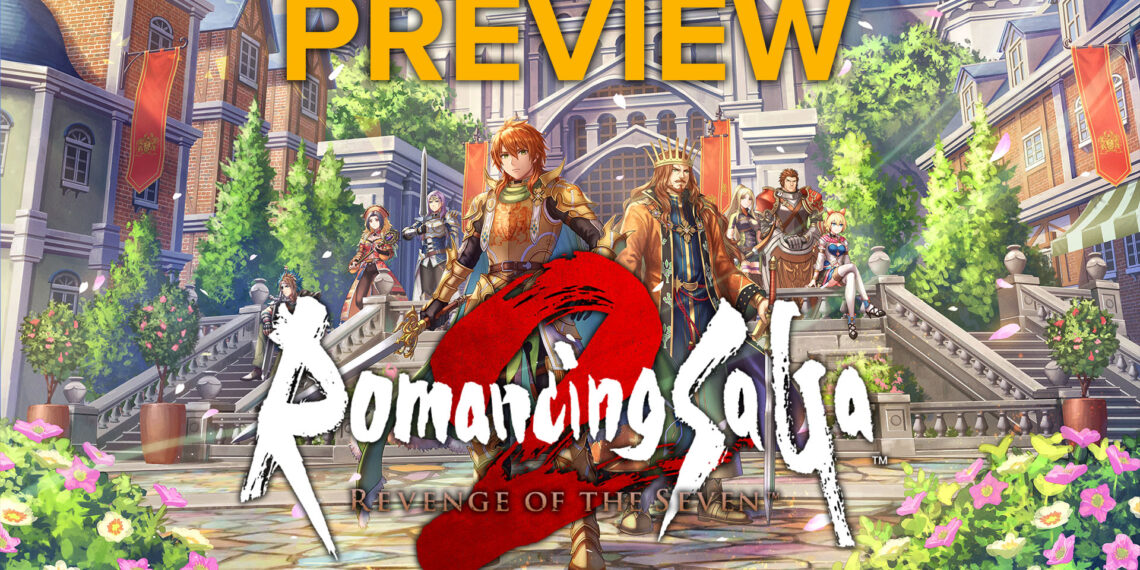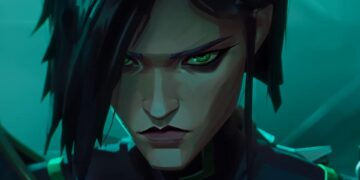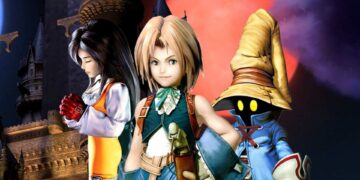Romancing SaGa 2: Revenge of the Seven is the latest among several games that have brought the series by Akitoshi Kawazu back under the spotlight.
The SaGa series has always been fairly obscure even among many JRPG fans (and the fact that the first three games were dubbed “Final Fantasy Legend” in the West certainly didn’t help), but lately, Square Enix has been bringing it back with a vengeance.
Romancing SaGa 2 in particular debuted all the way back in 1993 on Super Famicom, but English-speaking fans didn’t get to play it until 2017, when it was remastered for current (at that time) generation platforms.
As such, it’s certainly interesting that today we’re getting a full remake, but it’s not so surprising if you consider just how different the game is from your usual JRPG in terms of storytelling and gameplay.
Of course, like for all remakes, the first thing we’re going to look at is the graphics. That’s obviously the biggest change from the original and even from the remaster. For this game, Square Enix went full 3D, with the stylized anime style it used for several of its recent mid-tier games.
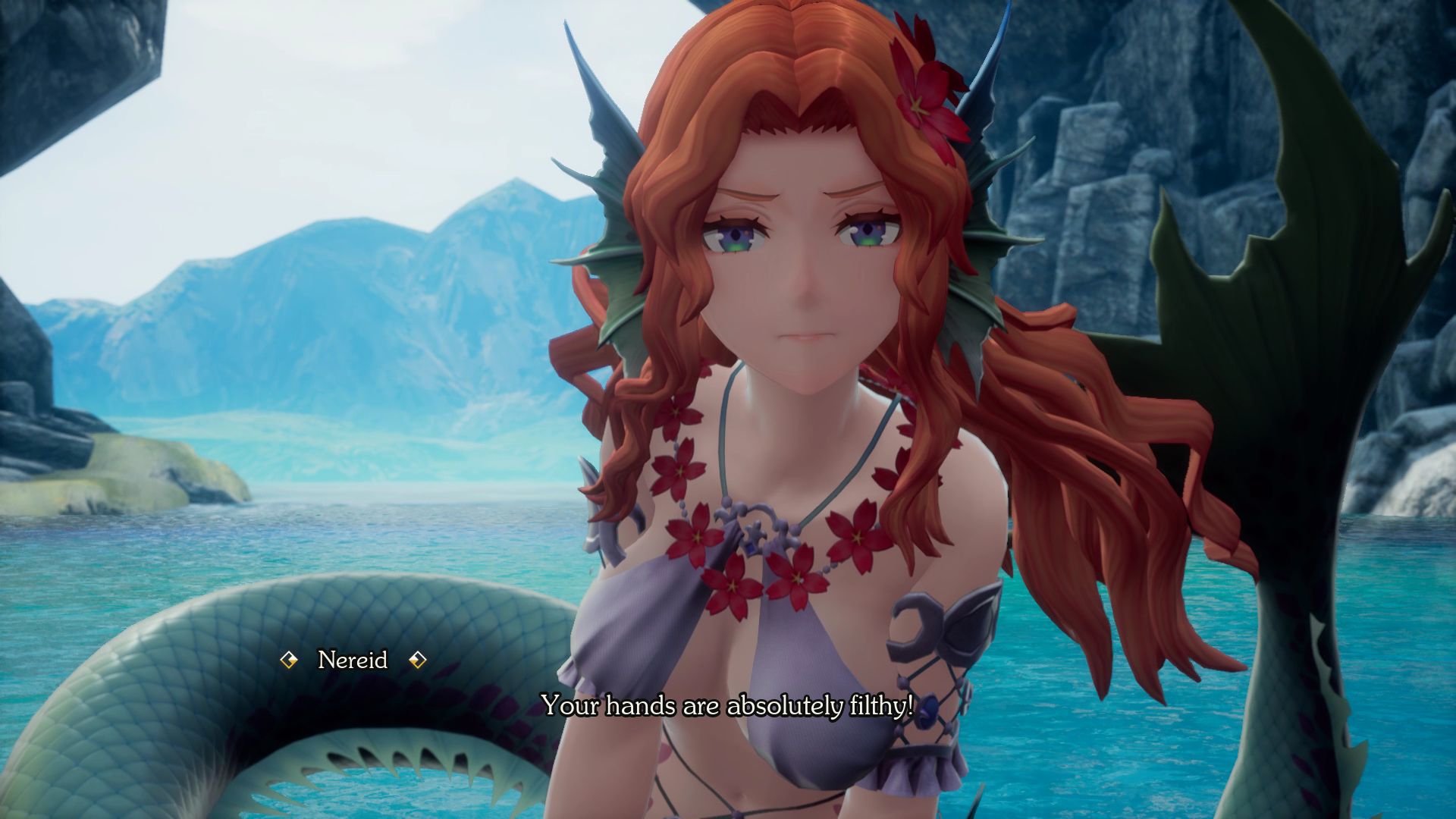
The visuals aren’t bad at all. They’re crisp and colorful, but this kind of style always ends up feeling like a bit of a half-measure. It’s not nearly as lavish as what has been done with the Final Fantasy VII Remake trilogy, which isn’t surprising considering that the budget here is obviously much smaller.
Yet, the issue is that it doesn’t really feel like a full-fledged remake that takes advantage of current-generation hardware, and always ends up leaving me slightly dissatisfied.
I remain of the idea that I expressed in my preview of Dragon Quest 3 HD-2D Remake. I firmly believe that the HD-2D style should be the go-to style for this kind of remake of traditional 2D JRPGs. Playing the two games back to back only reinforced that belief.
Someone may say “But they can’t really use the same style for all of their remakes!” To that, I will say: of course, they can. JRPGs used almost exclusively 2D pixel art styles for decades, and that certainly didn’t prevent us from loving the genre.
That being said, I can give this specific game a pass. I imagine the folks at Square Enix may have considered HD-2D for it, but that may have been judged too similar to the 2017 remaster to be viable. This is my headcanon and I’m sticking to it.
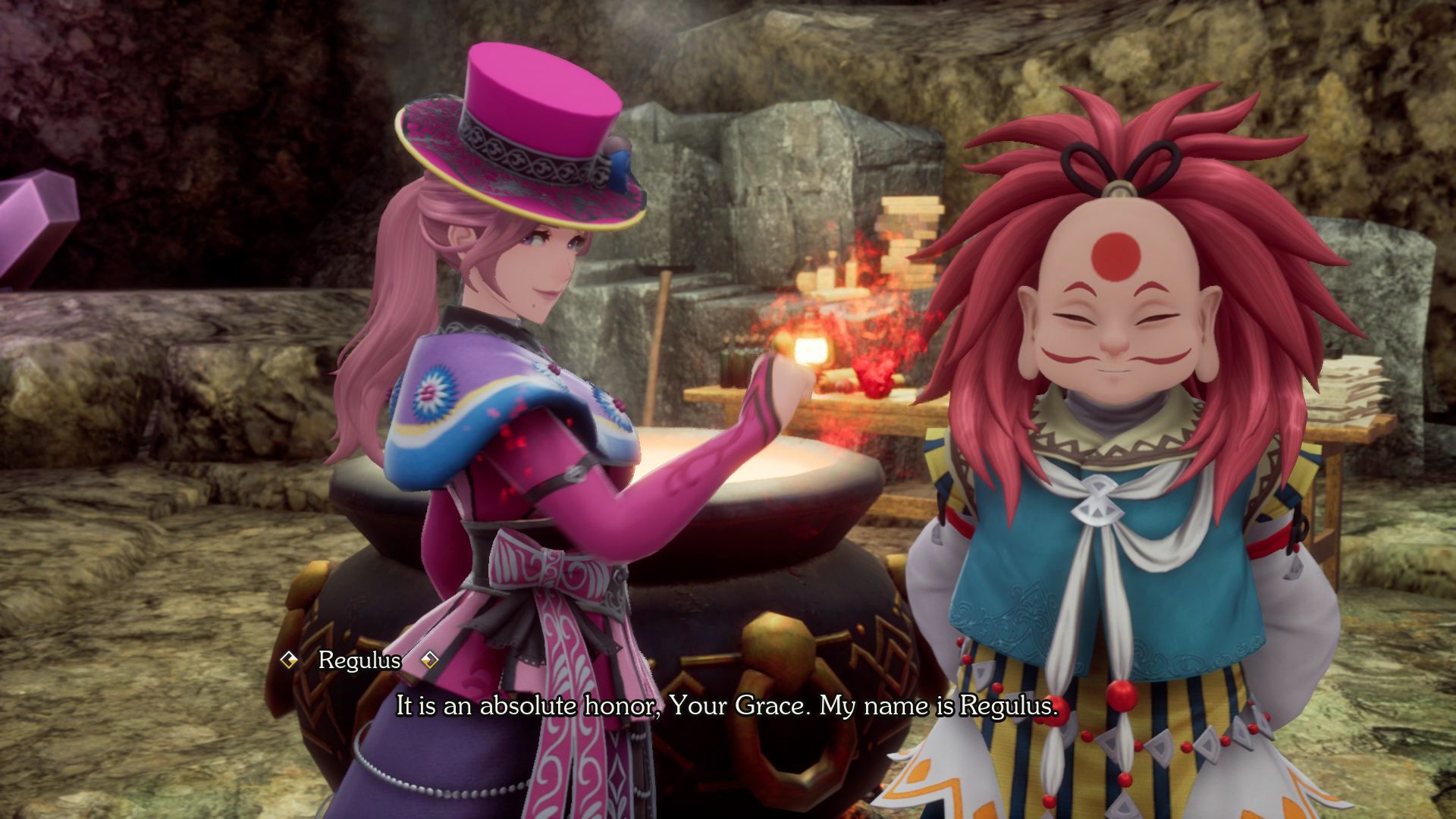
Please don’t get me wrong: I am not saying that Romancing SaGa 2: Revenge of the Seven looks bad. It doesn’t. It looks pretty good. I simply believe that the mid-tier 3D remake treatment isn’t the best solution to really make this kind of game shine.
That being said, what sets this game apart is not the visuals, but its gameplay and storytelling. This is a multi-generational JRPG that provides the player with a ton of freedom.
The player is tasked with defeating the Seven Heroes. As the name implies, they used to be saviors, but they turned evil. Yet, they are too powerful to be vanquished in just one lifetime, hence it’ll take multiple generations to fight them all.
Yet, the main element of freedom lies in the fact that the generational order of your player characters is not set by the developers. You get to have a say in the order in which your protagonists appear, which means that no playthrough is really the same as the previous one, and you can make your adventure really “yours.”
As you progress in the story, you’ll reach points in which it’s time for a generation to give way to the next, and you’ll get to choose your player character’s heir. Of course, this doesn’t delete your progress in your long quest, but your choices and progression continue to echo throughout the game as they’re passed down to each heir.
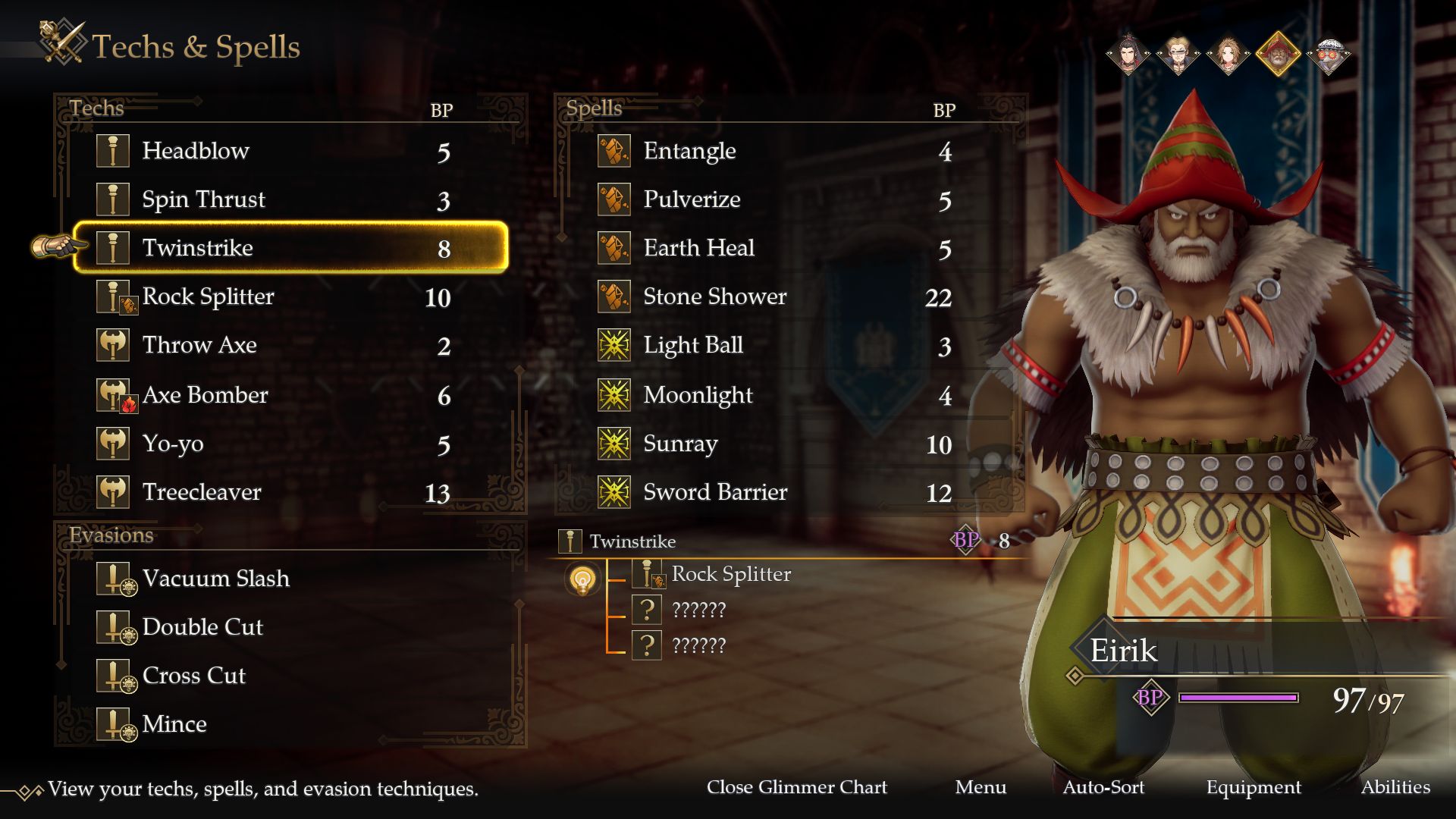
You can think of this as a proto-Crusader Kings. While it’s not as complex, the idea of playing your dynasty and not just a single character is similar, and personally, I love it.
On top of that, there are plenty more choices that let you influence the course of the gameplay. For instance, the demo I tried at Gamescom in Cologne allowed you to select whether you wanted to attack one of the seven heroes without delay or divert your attention to strike at a goblin cave source of a raid that just hit your capital city.
These elements of freedom of choice are scattered throughout the game and definitely set Romancing SaGa 2 and its remake apart from the genre, which tends to be fairly linear.
The complexity of the storytelling is reflected in the gameplay systems as well, with a deep array of jobs, abilities, and gear options which definitely identify this as a hardcore RPG. That being said, the Glimmer system, which debuted in the original game, has been made more approachable.
Basically, the system lets you learn new abilities (called Techs) as you use the ones you currently have, and with this new game, the abilities that can trigger a Glimmer are clearly indicated, giving you some guidance on how to progress.
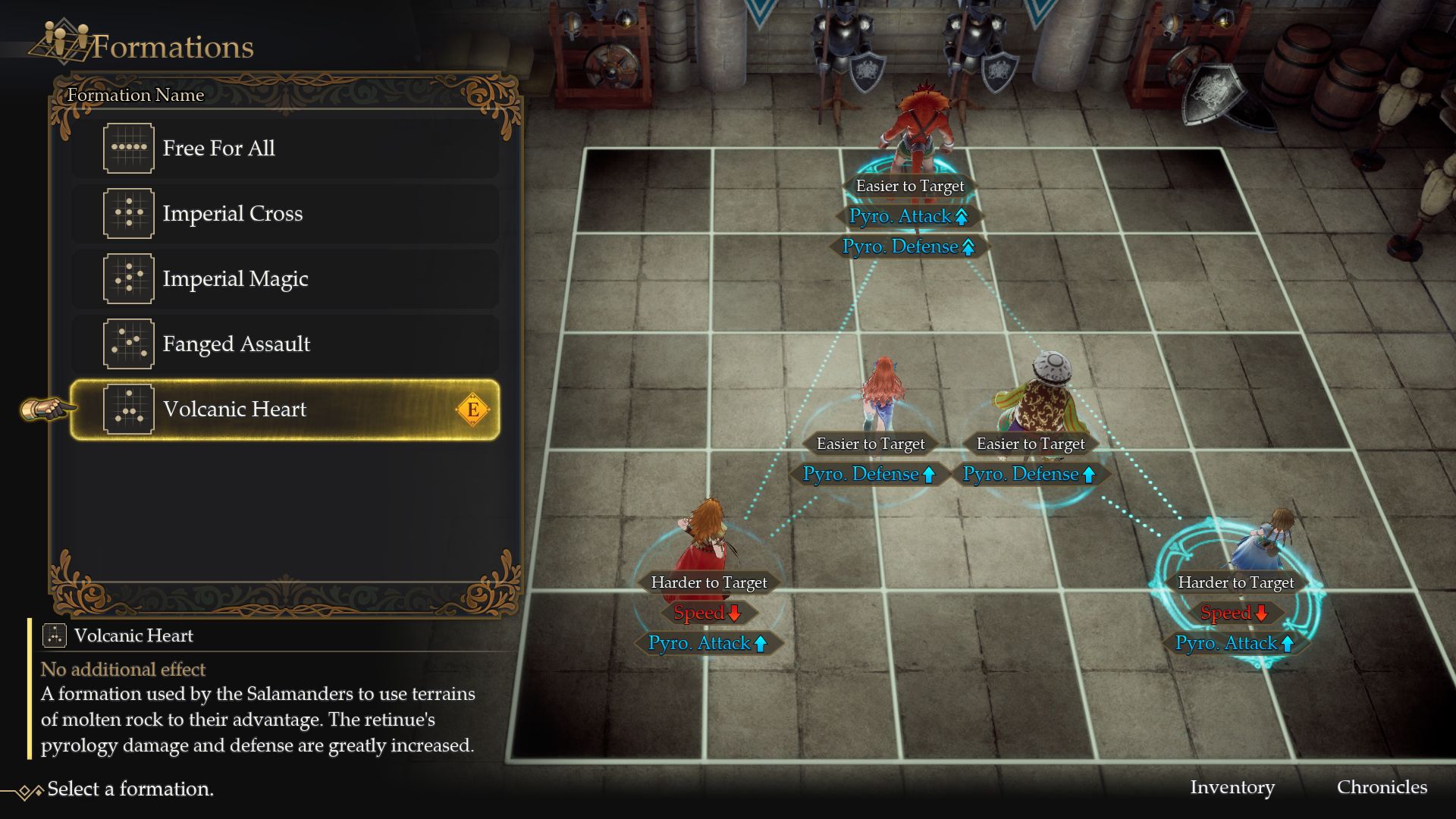
I consider this system really fun, as it can easily turn the tide of a battle. You may be struggling against a boss, but getting the right Glimmer can turn a probable defeat into a possible victory, even more so if you get multiple.
Another relevant mechanic is the formation system, which lets you set up your party in various ways that affect their performance in battle, adding a tactical element to combat. Yet, keep in mind that approaching enemies clumsily and receiving a surprise attack will have your formation broken.
The basic turn-based combat system is what received the most visible change. Don’t worry, it’s still turn-based!
The original system had you select actions for all of your characters and then see them executed. A timeline mechanic has been implemented to clearly display the sequence of turns, so your characters will act as soon as you select their action. After that, the timeline will move to the next ally or enemy in line, and so forth.
While the original system was pretty much standard for many JRPGs of the eighties and nineties, and I’m very familiar with it (I’m not getting any younger) I find the new one more engaging and dynamic. It’s also likely to be plenty more approachable for new players.

Speaking of novices, the complexity of the systems shouldn’t be too intimidating. While it certainly comes with a learning curve (which I personally consider welcome), Square Enix has implemented difficulty levels to make the experience smoother for those who simply want to enjoy the story.
Of course, I’m aware that not everyone will love the changes, and there’s always a subset of people who prefer to play the “old way.” Yet, in this case, it’s really not an issue as the 2017 remaster is still available and perfectly enjoyable.
Of course, I didn’t get nearly enough time with the game to pass final judgment (these demos are very rarely long enough for more than a nibble, let alone a real taste), but I have a feeling that Romancing SaGa 2: Revenge of the Seven may prove to be one of the best entry points to the quirky (in a good way) SaGa series for these JRPG fans that have not experienced it yet.
The deep gameplay mechanics and complex, freedom-driven storytelling definitely set it apart from most of today’s JRPGs, and have plenty of potential to create a satisfying, meaty, and unique experience within the genre.
Romancing SaGa 2: Revenge of the Seven will release on October 24, 2024, for PS5, PS4, PC, and Nintendo Switch.
If you’d like to enjoy more of our coverage from Gamescom, you can read our preview of Global Farmer and our interviews with the developers of Dragon Quest 3 HD-2D Remake and Predecessor.

